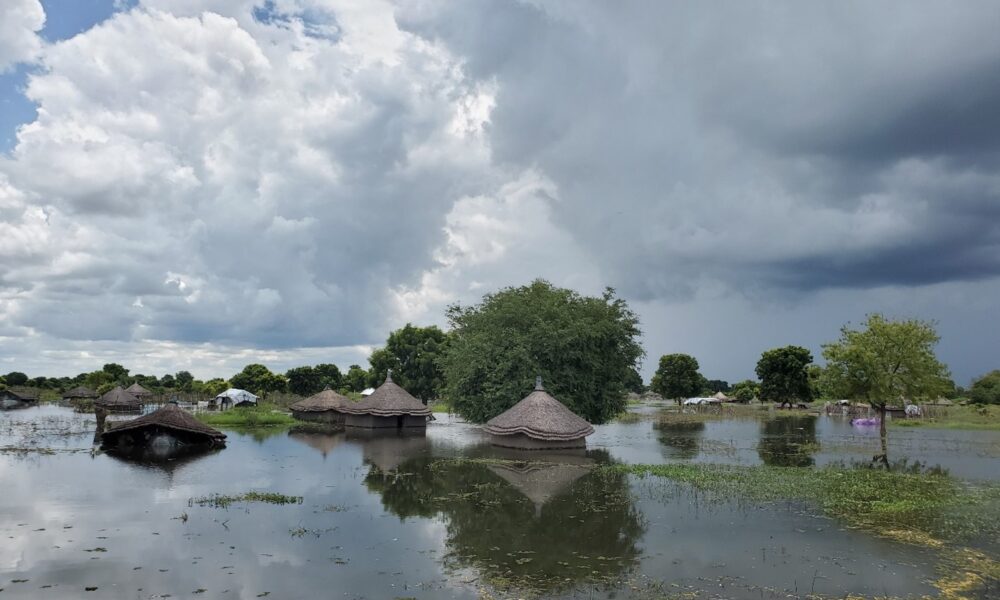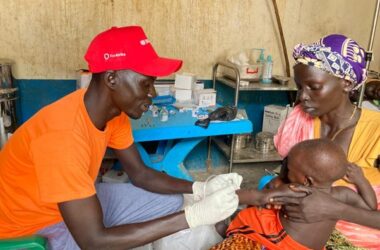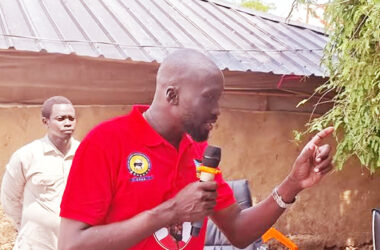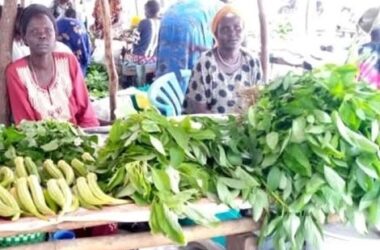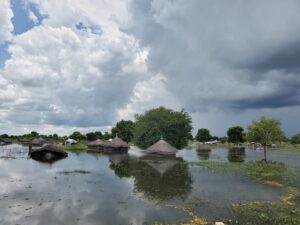
By Alan Clement
Lawmakers in the Transitional National Legislative Assembly (TNLA) have called for urgent intervention to protect lives and property due to worsening floods in Jonglei State and Greater Pibor Administrative Area.
Speaking during the 9th Ordinary sitting of the Transitional National Legislative Assembly on Monday, August 25th, 2025, Deng Dau Deng, MP for Twic East County (SPLM), told the House that heavy rains had submerged large parts of his constituency for the past few days, displacing more than 50,000 people.
“Twic East has been submerged for the last three days due to heavy rains. 50,000 people have been displaced and moved to higher grounds,” Deng said. He added that local institutions requested generators to pump water out of the 12.7-kilometer dyke encircling Panyagoor town and surrounding payams.
He further disclosed that local authorities have requested generators to pump water out of the 12.7-kilometer dyke surrounding Panyagoor town and nearby payams. The dyke, which underwent extensive renovation in September 2024, was designed to protect Twic East’s administrative center from seasonal flooding. “We contacted relevant county institutions regarding the matter and they requested generators to pump water out of the dykes,” Deng emphasized.
In a related development, a member of parliament from Pochalla County, Greater Pibor Administrative Area, described the situation in his constituency as a national emergency
“My information, Madam Speaker, is urgent and it is even an emergency,” said the lawmaker. “The banks of Akobo River have burst and inundated the whole town and all villages from Pochalla South all the way to Boma,” he added.
He requested early leave from the sitting to meet officials from the Ministry of Humanitarian Affairs and Disaster Management.
The unfolding crises in Twic East and Pochalla underscore the critical role of dyke infrastructure in South Sudan’s flood-prone regions. In Unity State, a 17.7-kilometer dyke constructed by the government and the International Organization for Migration (IOM) south of Bentiu Town has reclaimed vast tracts of land for community use demonstrating the transformative potential of such projects.
Yet, the events of 2024 and 2025 have shown that existing dyke systems remain vulnerable. Last year alone, over 1.4 million people were affected by flooding across 43 counties, with Jonglei and Northern Bahr el Ghazal among the hardest hit. The recurrence of such disasters has reignited calls for robust investment in flood mitigation infrastructure.
Lawmakers urged swift government support, warning that without reinforced dykes, vast areas of the country remain at the mercy of annual floods.

